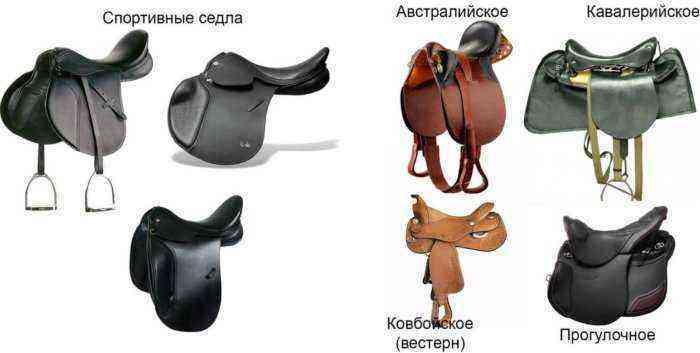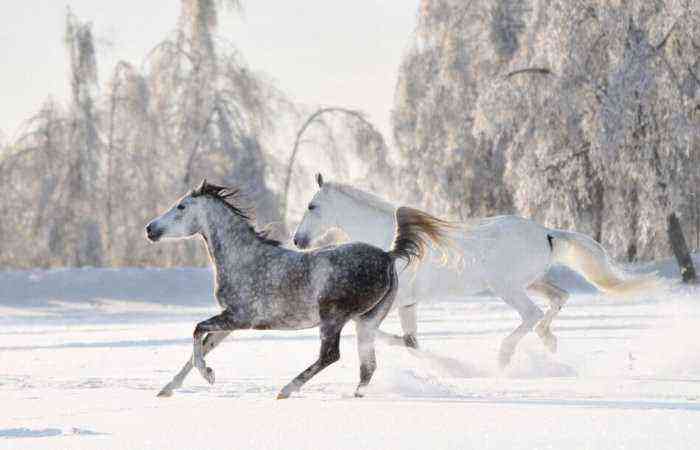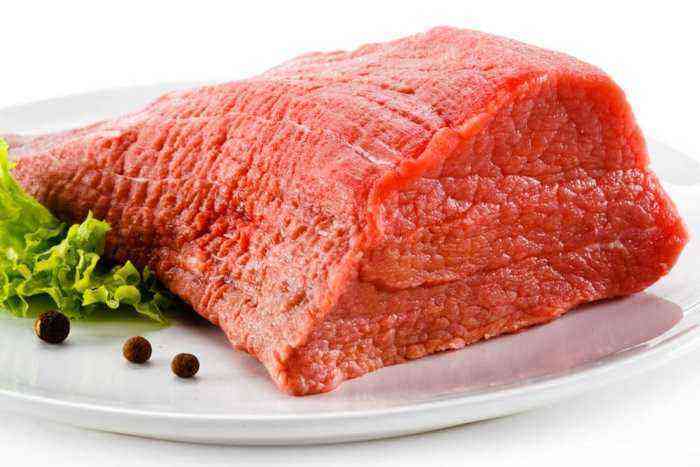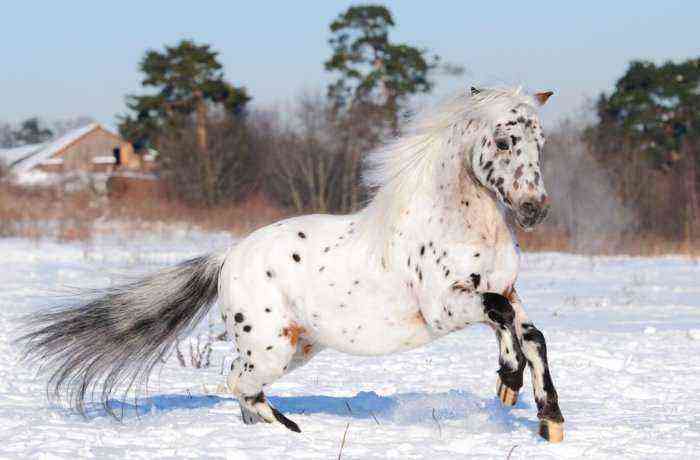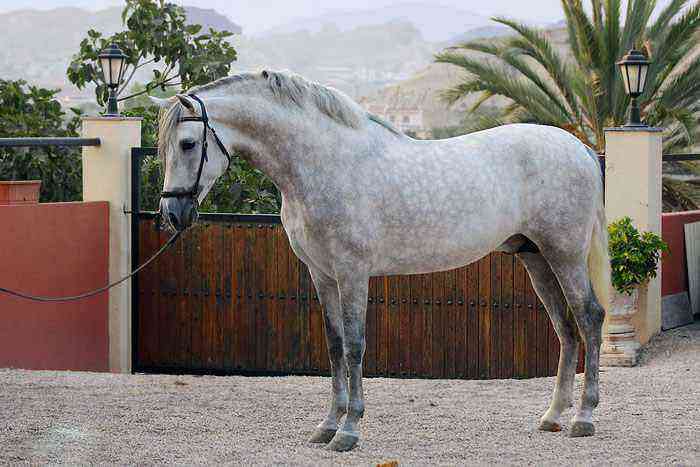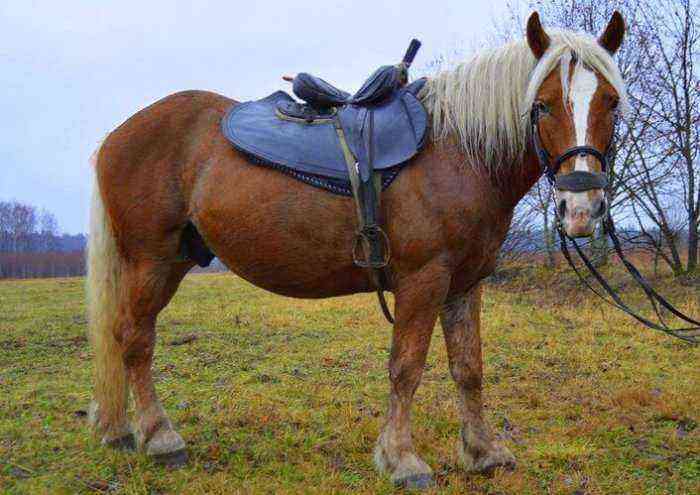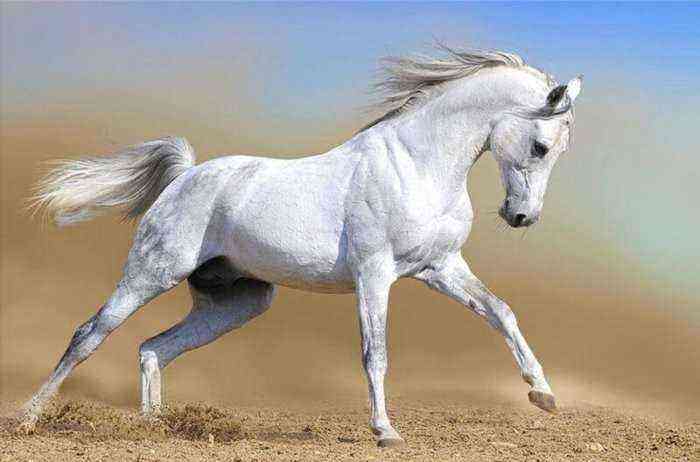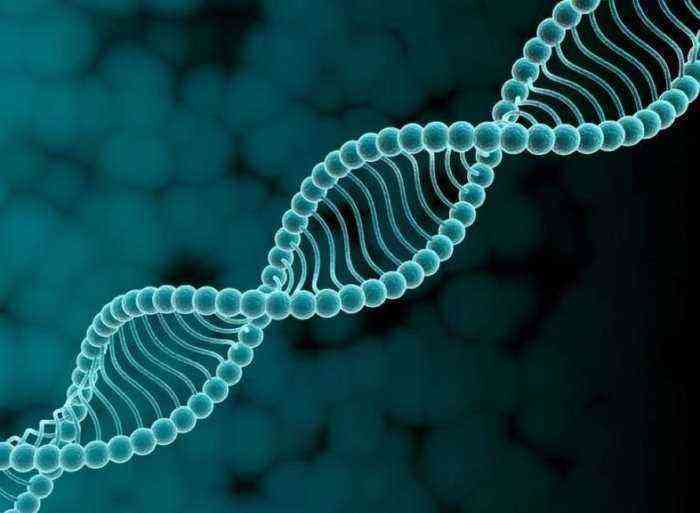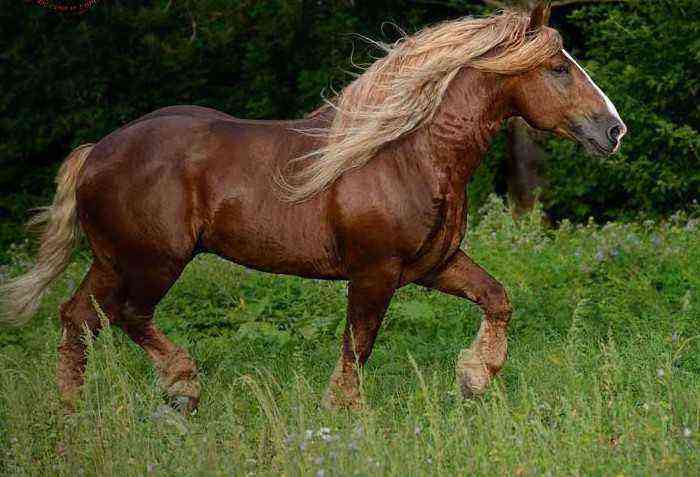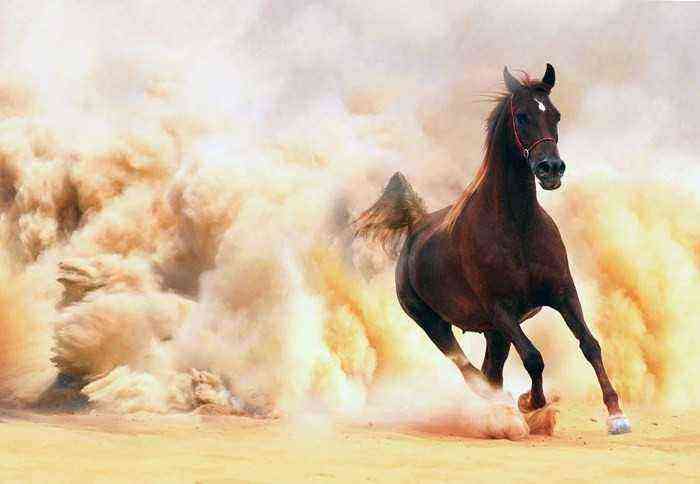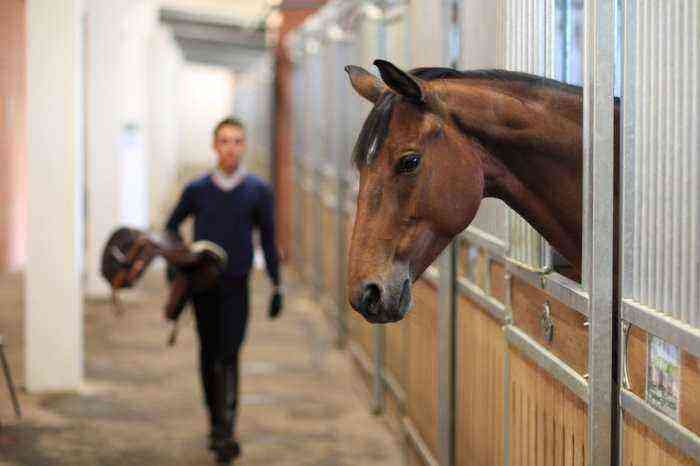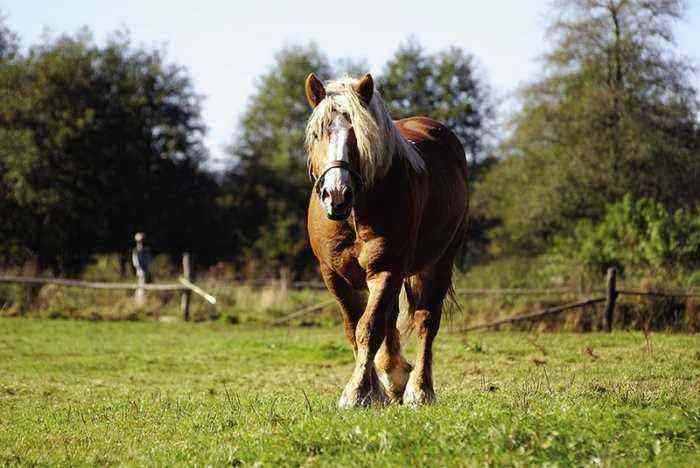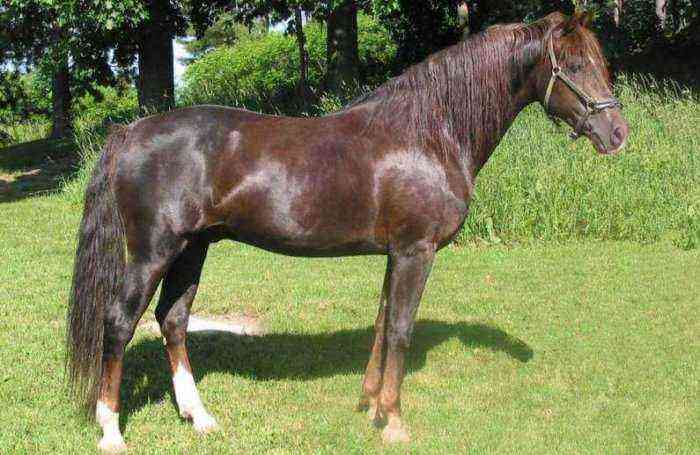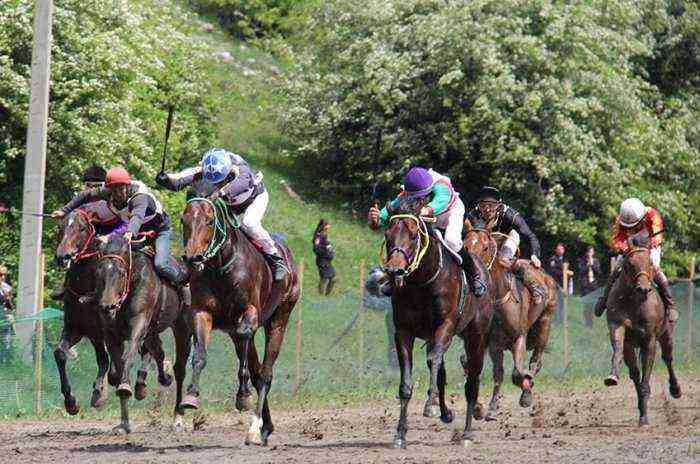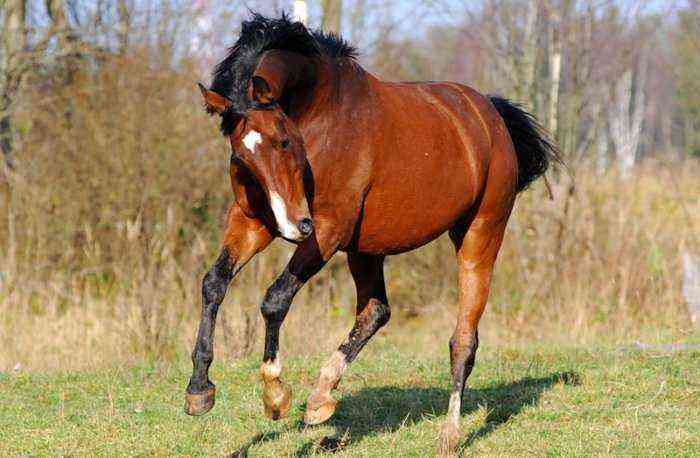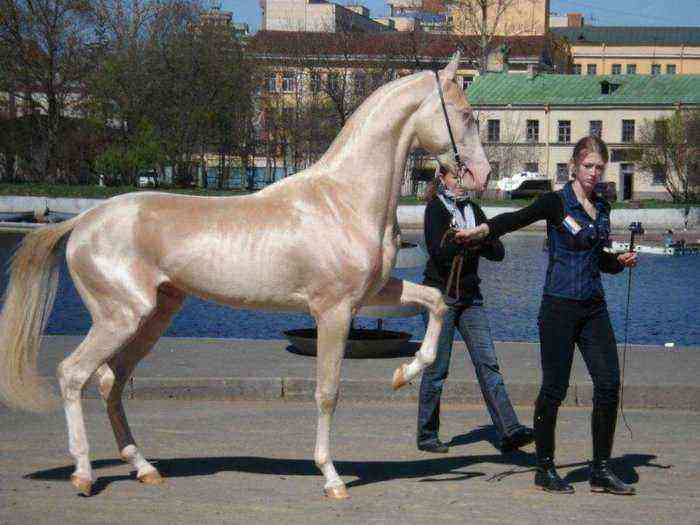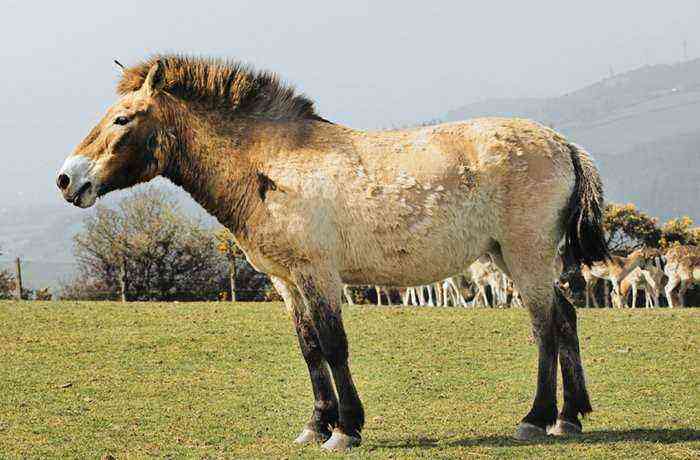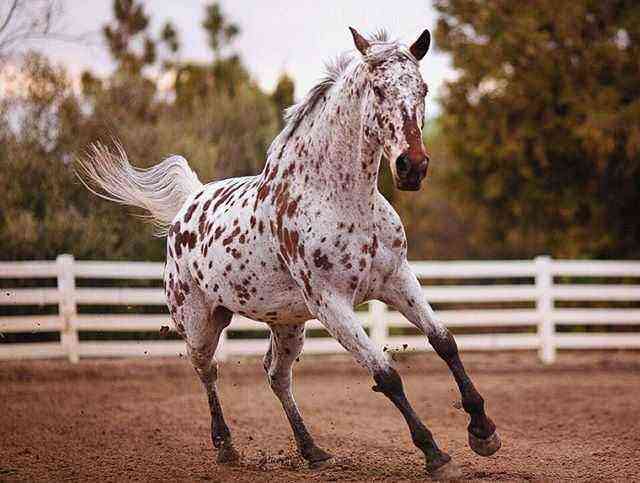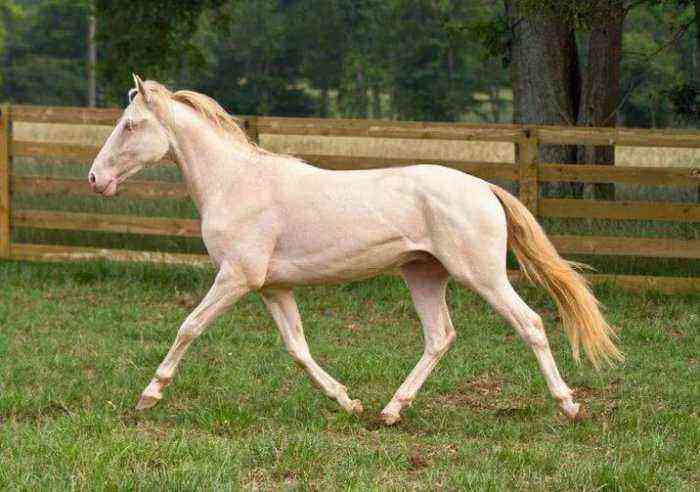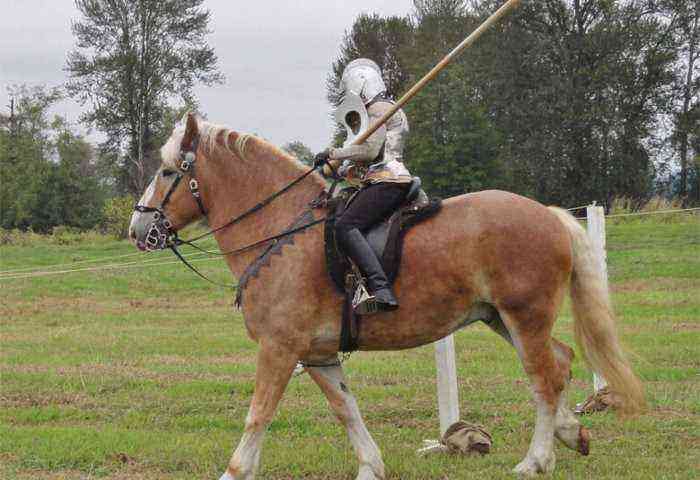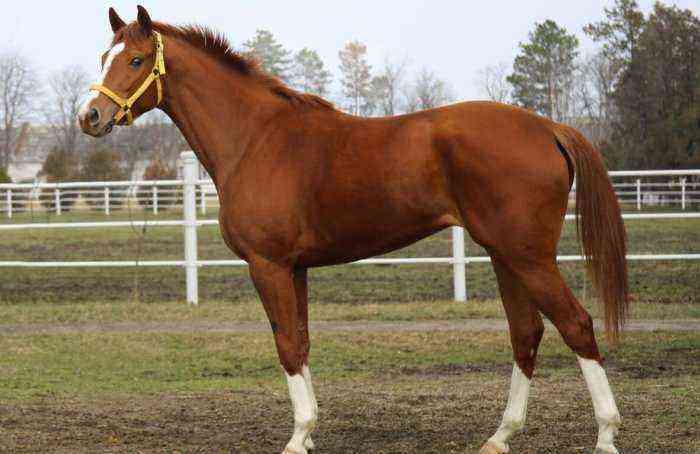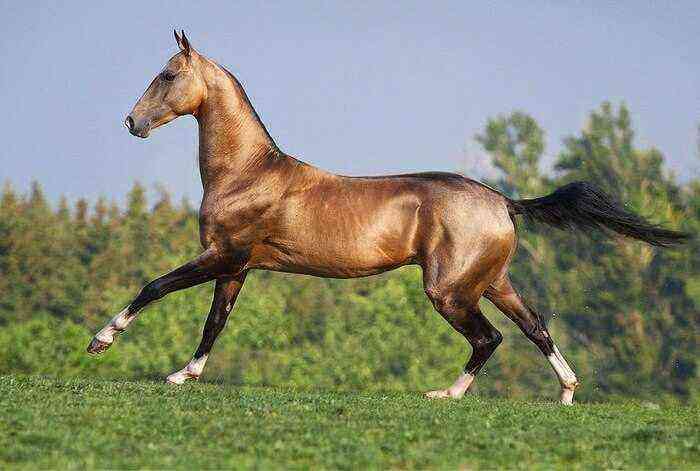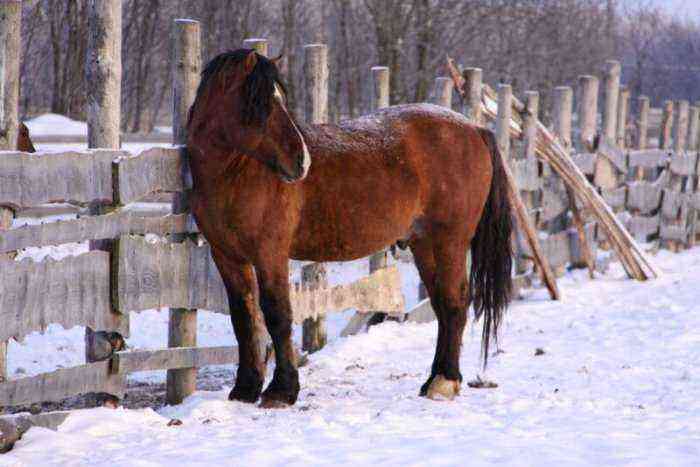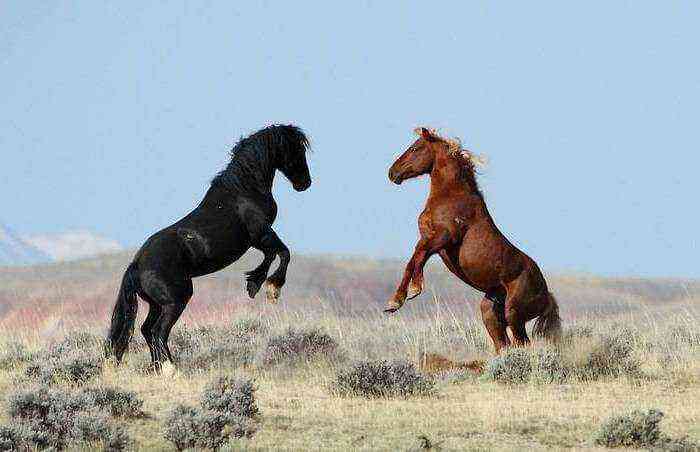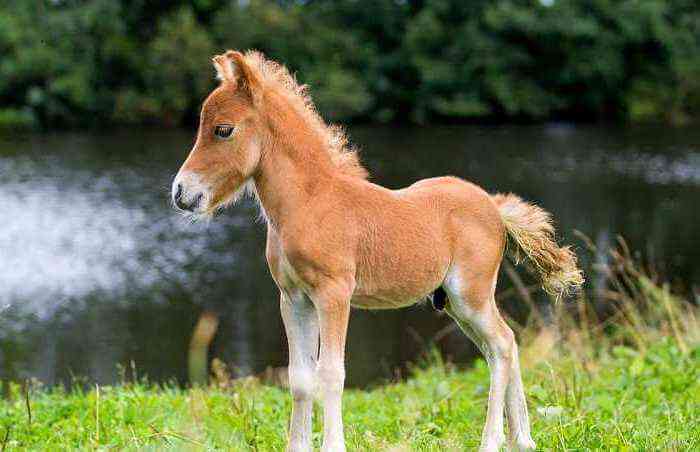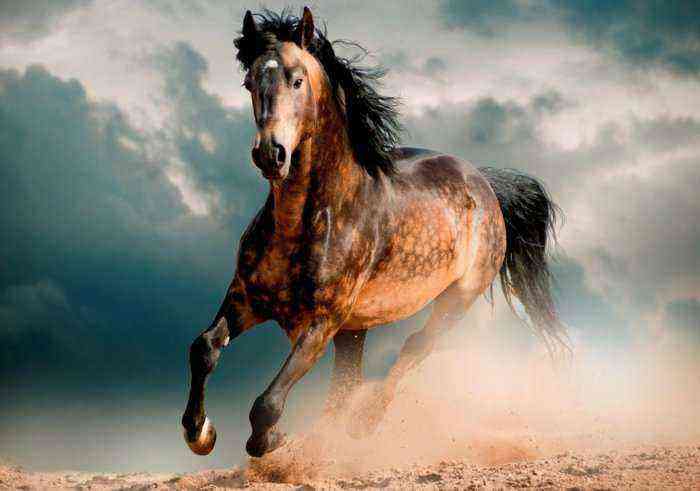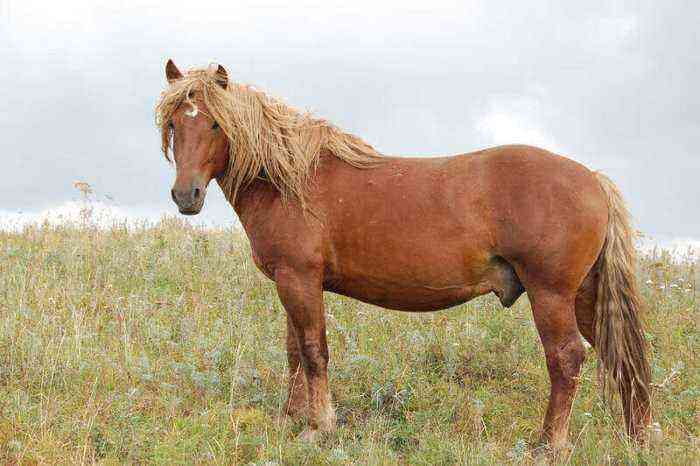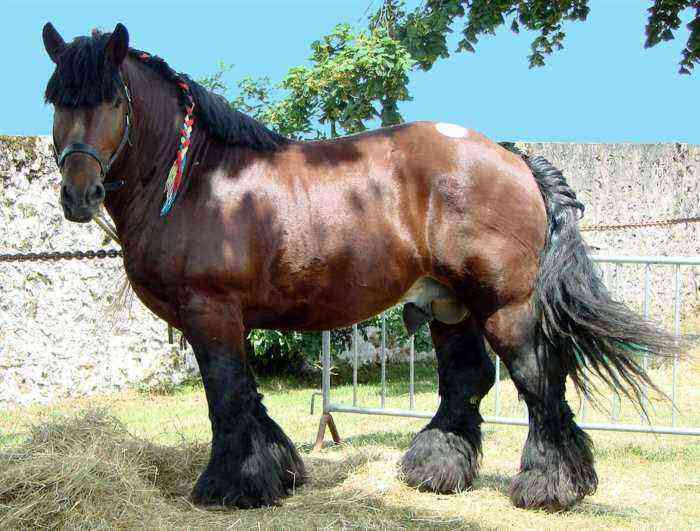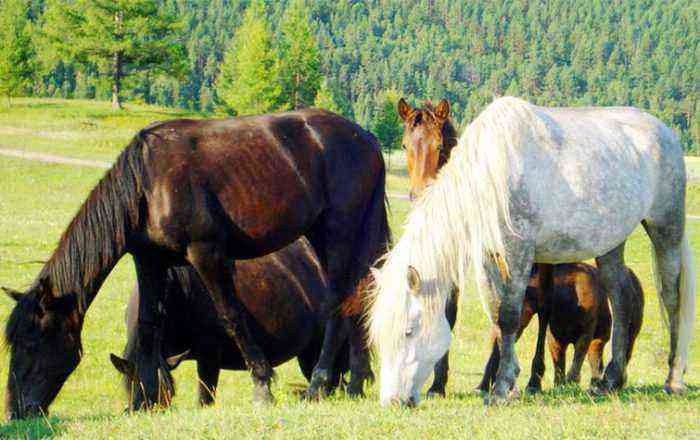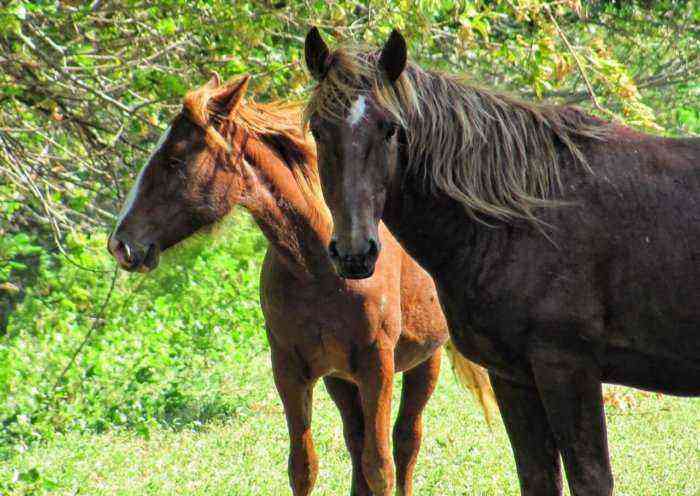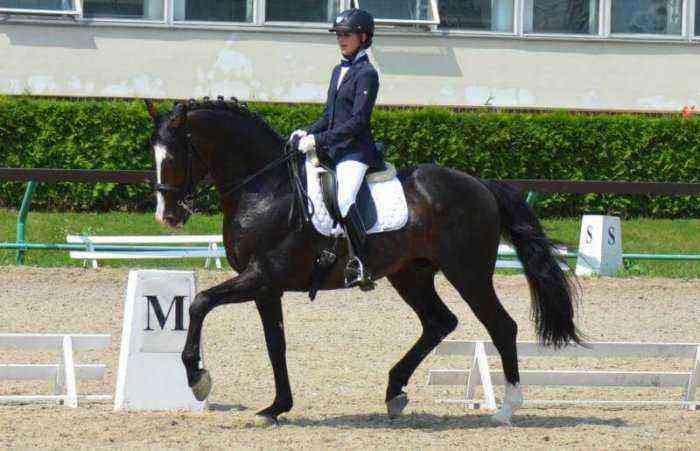The Friesian horse is one of the most beautiful in the world. No wonder these noble horses are used in the Golden Carriage of Queen Elizabeth in the UK. In the entire history of its existence, this breed has twice been on the verge of extinction, but in both cases it was saved by Dutch horse breeders. The characteristics of the breed and the conditions of keeping animals will be considered further.
Friesian horse breed
History of the breed
It is believed that the Friesian horse breed comes from the northern part of Holland, the province of Frisia. It was there that during the excavations the remains of horses were found, which are considered the ancestors of these animals. The then horses were different from the modern representatives of the breed. In those days, the preference was given to able-bodied and strong animals, as they were used for agricultural work and in war. Such were the ancestors of the Frisians.
A few centuries later, the trends changed – now jousting tournaments have become popular, transport appeared in the form of carriages that set horses in motion. For sledding, breeds were used that are distinguished not only by endurance, but also by a noble appearance. Short stocky horses no longer met these requirements.
When the Spaniards invaded the Netherlands and conquered the country, the Frisians crossed with the Barbary and Andalusian horses that arrived with the conquerors. This happened in the 16th and 17th centuries. Since that time, the appearance of the Frisians has changed, and the animals have acquired valuable qualities – grace, endurance and learning ability. Beautiful, noble animals of a black suit with an elegant line of posture were to the liking of the nobles. At the end of the 19th century, in order to preserve the species, the Stud Book was created, which recorded data on the number of representatives of the Friesian breed.
Attention! According to the information contained in the Stud Book, there are now about 60000 thoroughbred Friesian horses, of which the majority are in Holland.
Description and characteristics
Friesian horses are not large in size, but they have strong bones. Despite this, the animals look luxurious, thanks to the elongated torso and smooth lines of posture.
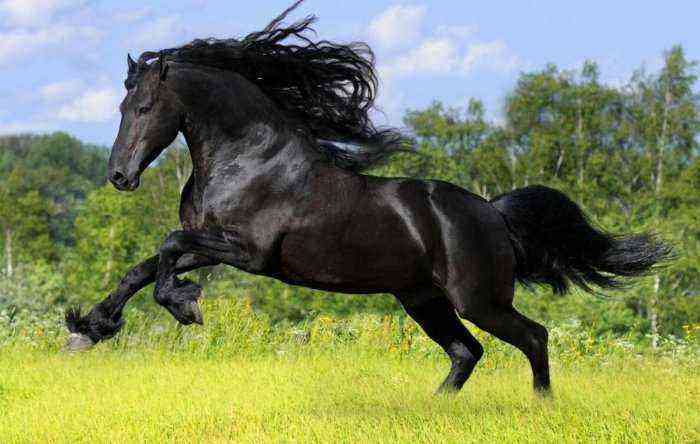
Friesian horse
Breed characteristics:
- black suit;
- in some mares, a white spot is allowed in the forehead area (no more than 3 cm in diameter);
- height from the ground to the withers – 150-160 cm;
- limbs are thin, long, powerful;
- there are brushes on the legs below the hock joint;
- the back is soft, the posture is straight;
- the chest is deep, the torso is long;
- the neck is long with a high setting;
- the head is large, the muzzle is elongated, the profile is straight;
- auricles are compact.
Reference! The mane and tail of these horses deserve special attention. They are never trimmed, they serve as decoration throughout life.
Friesian horses are easy to train and docile. They are energetic, hardy, because in their blood there are genes of heavy trucks from Spain.
Features of the move
While running, these horses tend to raise their limbs high, so their movements are beautiful and graceful. Experts call this run “carriage”. The Friesian horse is perfect for inexperienced riders, as it has a light gait and a soft back that provides good cushioning.
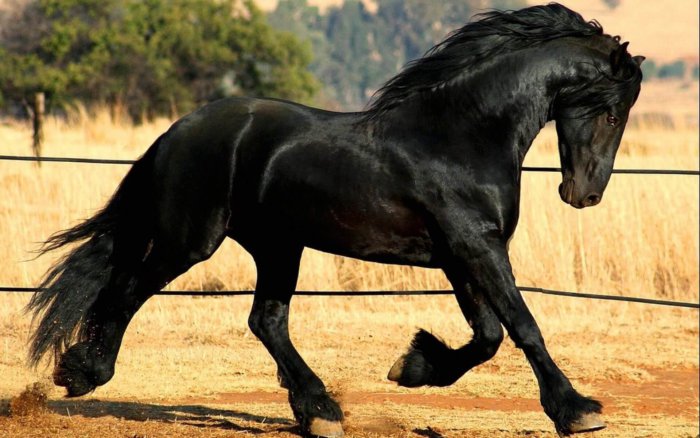
Running “carriage”
Care and maintenance
Friesian horses are undemanding to care for, but still their owner must adhere to certain rules.
Conditions of detention
The stable should be dry, warm and light. It is important that the animal has enough free space. Drafts and damp must not be allowed. Such conditions contribute to a decrease in immunity and the development of hoof diseases.
Inside the room, a manger for hay and a drinking bowl are installed. It is advisable to equip the stable with ventilation to remove musty and fresh air. Inside, you need to remove manure and regularly change the litter, which is used as sawdust.
In the warm season, the horse is taken out of the stable for grazing every day. If there is no good pasture nearby, you need to sow the area adjacent to the farm with herbaceous plants.
Attention! A suitable temperature inside the stable is not lower than +15 degrees.
Body and mane care
Friesian horse care includes body hygiene. Bathe a stallion or a mare with a hose when it’s cool. In summer, animals bathe in water bodies, if there are any in the immediate vicinity. In winter, special dry shampoos and conditioners are used to care for the skin. With the help of brushes, dust, greasy deposits and dirt are removed from the body.
Important! Due to the presence of brushes above the hooves of animals, after walking and training, all the dirt remains on them, therefore friezes are not susceptible to fungal diseases of the extremities, such as midges.
The mane and tail are the pride of the Frisians, but they require attention. To keep the beauty of the hair, they need to be combed with a comb daily. If the livestock owner has free time, it is better to braid the hair at night. Some farmers leave them collected for several days, after which they unravel, then the strands on the tail and mane become wavy.
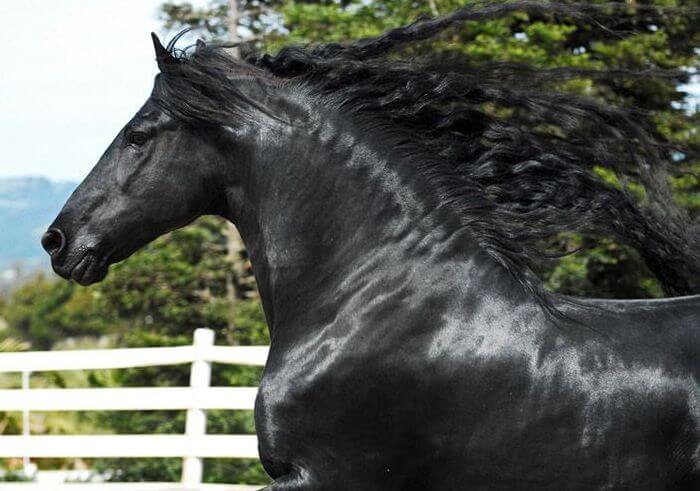
Mane and tail – the pride of the Frisians
The owner of the horse needs to trim the hooves in a timely manner. This is done every six months. To soften the stratum corneum, shortly before the visit of the farrier, a dense layer of clay is applied to the hooves. Once every few days, it is advisable to lubricate the hooves with a special ointment or ordinary vegetable oil. The places under the brushes on the front and back of the limbs are also subject to fat treatment.
Food
A horse cannot stay healthy on only hay and grass. She needs protein to build muscle, vitamins and minerals. Daily diet of Friesian horses includes:
- 5 kg of whole grain oats;
- 1,5 kg of bran;
- 1 kg of crushed barley;
- up to 13 kg of hay;
- 3 kg carrots;
- mineral supplements and salt.
In winter, food is given out three times a day, in summer – in the morning and in the evening. If training is planned, then grain feed is distributed 2-3 hours before it starts. Clean drinking water must be available at all times. Drinking bowls are washed every day so that pathogenic microorganisms do not multiply in them.
Attention! Feeding begins with the distribution of roughage – hay, straw, then they give juicy food, and then – grain.
Features of breeding
Individuals aged 3-5 years are suitable for breeding. Animals are carefully selected – stallions and mares that do not correspond to breed characteristics, sick and frail are not allowed in mating.
Estrus in mares lasts from 5 to 15 days, and hunting – 48 hours. After a successful mating of horses, pregnancy occurs. The mare carries the foal for 11 months, after which he is born. The foaling lasts 5-7 hours, sometimes dragging on to 12. The foal receives mother’s milk until the age of seven months, after which the young are weaned from their mothers and transferred to a separate stable.
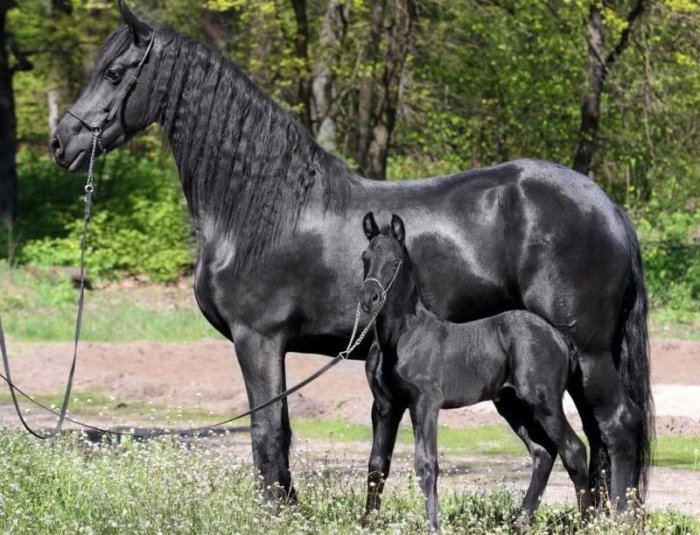
Foal
Friesian horses are a noble and elegant breed, not without reason it was called the “black pearl”. Today it is used in driving, in parades and for photo shoots, and several centuries ago these animals worked in the fields and participated in hostilities. The owners of these horses should treat them with care, provide them with good living conditions and a complete diet.
